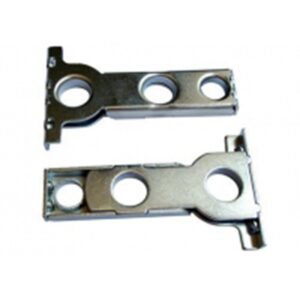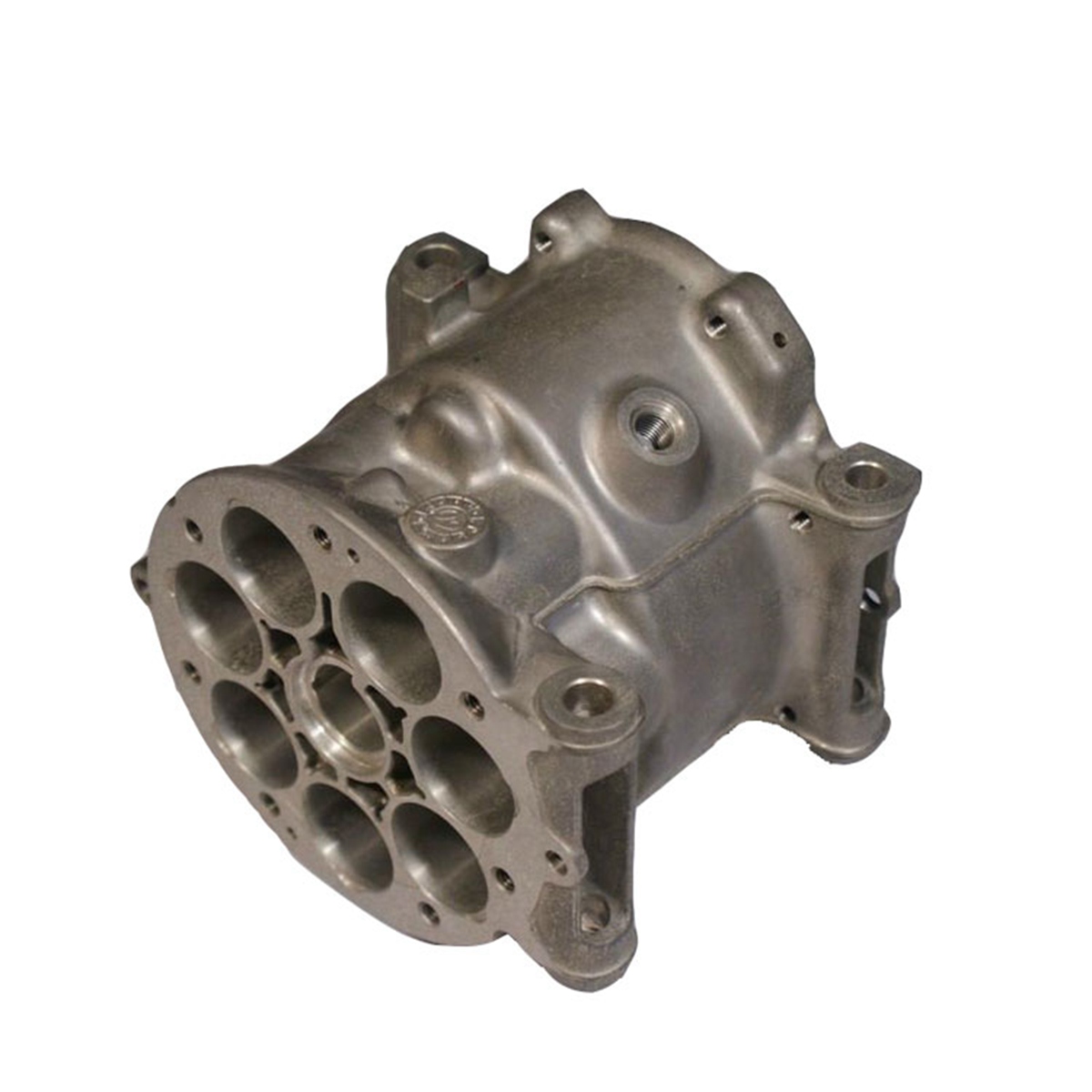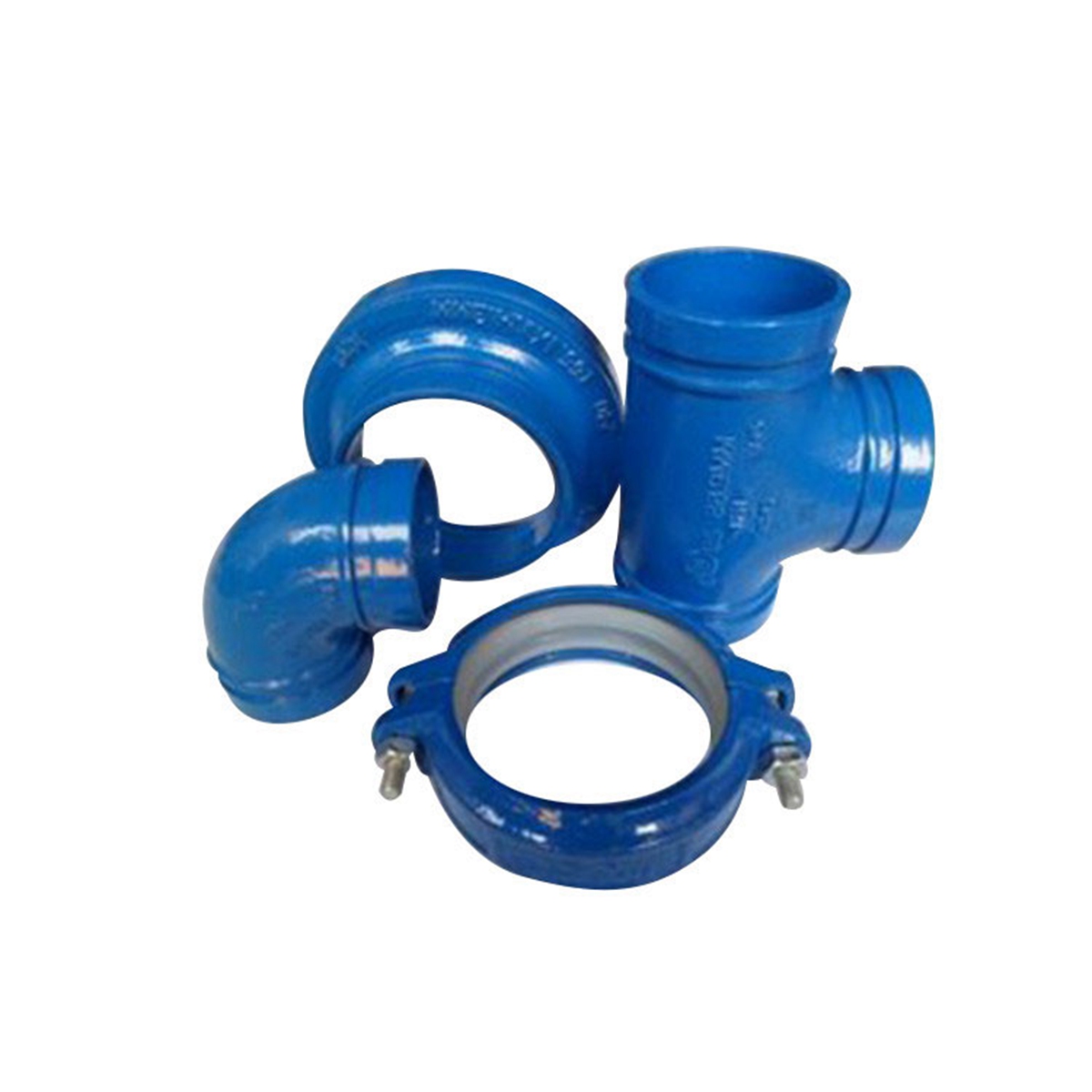
Laser cutting allows cuts through a material with a concentrated laser beam that melts and separates a local part of it. In most cases, the process will be accompanied by a gas that blows the melted material out of the way, or the freshly cut material will be turned from a solid to a gas (called sublimation), also getting it out of the way, but this time in vapor form. Laser cutting is quite versatile, as it can be used to cut structural and pipe materials in addition to thin sheets. We use laser cutting most often when it comes to cutting sheet materials.
There are three main types of lasers you can use for laser cutting—they all basically do the same thing, but some are better for thicker materials. They are CO2, neodymium, and fiber laser systems:
- CO2 cutters, the most popular of the three, use electrically stimulated CO2. They’re versatile, inexpensive, and don’t need a lot of power.
- Neodymium cutters, also known as crystal laser cutters, use Nd: YVO (neodymium-doped yttrium ortho-vanadate) to produce the beam.
- Fiber cutters use fiberglass to cut through surfaces. Some special fibers are then used to amplify the seed laser, and this is what creates the final beam.
Laser cutting is used almost everywhere, from electronics to medicine, and aircraft to transportation. It’s also a great way to get precise cuts and finishes. It can cut materials like tungsten, steel, aluminum, brass, and nickel. And it can also cut non-metals like silicon, wood, and ceramics.





